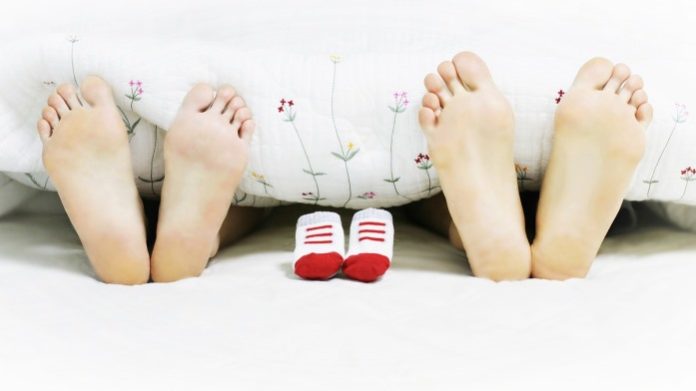They say that couples who live together long enough start to look alike. Apparently, this also applies to the bacteria that cover our bodies.
A new study from the University of Waterloo reveals that a person’s skin microbiome, the collection of bacteria and other microorganisms that live on the skin, can be used to match them to their live-in partner with 86% accuracy.
Skin deep
Between one million and one billion microorganisms inhabit each square centimeter of our skin. Though this statistic might send you scrambling for the shower, most of these microorganisms are harmless, and some may even be beneficial.
Additionally, the sheer number of potential skin-dwelling microbes means that each person’s skin microbiome is unique – kind of like a microbial fingerprint. Unlike a fingerprint, however, your skin microbiome is not static and can change throughout your life. Ashley Ross, a Master’s student in Professor Josh Neufeld’s lab in the Department of Biology at the University of Waterloo, wanted to know how this microbial fingerprint might be affected by the person that we live with.
Her team analysed the microbiomes of ten couples from 17 different skin sites including the eyelids, nostrils, armpits, torso, back, navel, and hands, and compared them to each participant’s live-in partner. The results, published last week in the journal mSystems, revealed that couple’s microbiomes were similar enough that a machine learning algorithm could correctly match them with 86% accuracy, especially if samples came from the feet.
This made sense to Neufeld, who commented that “you shower and walk on the same floor barefoot, and this process likely serves as an effective form of microbial exchange with your partner.”
Live-in partners, however, did not have the largest effect on microbiome composition – this was still dominated by the site location (e.g. nose versus foot), and other individual factors like ethnicity, age, and even skin cream brand.
Microbes growing in importance
Microorganisms outnumber human cells in our bodies by about 10 to one, and their role in maintaining our health is becoming increasingly evident. Many studies have found that changes in the microbiome are correlated with disease, implying that manipulating the microbiome could be a viable therapy. For example, you may have heard of “poop transplants” aimed to recolonize the guts of those whose gut microbiome is no longer ideal.
Compared to the gut and lung, studies on the skin microbiome have been less common to date, so there’s still much to learn.
This study is part of a larger effort to see how the skin microbiome adapts and changes over time. Follow-up studies will investigate how the shared skin microbiomes of live-in partners affect skin health and how parents affect the microbiomes of their children.








































